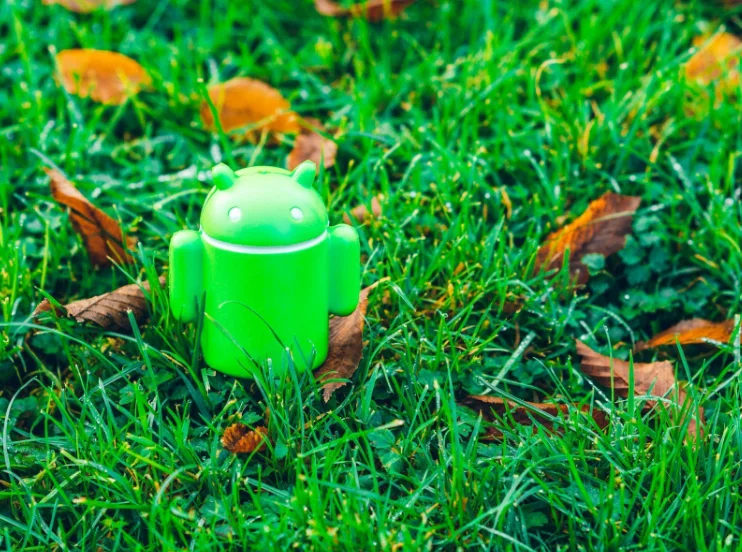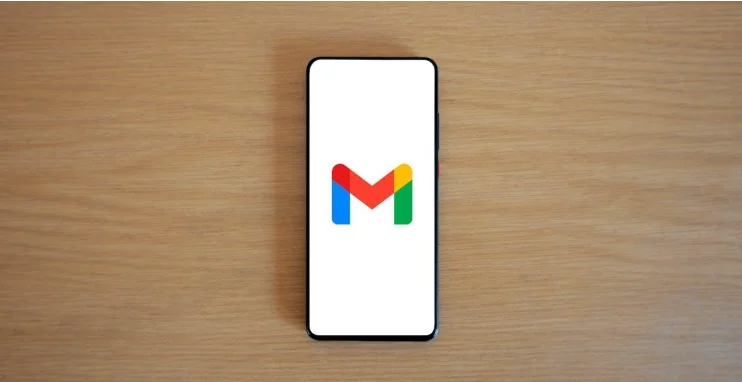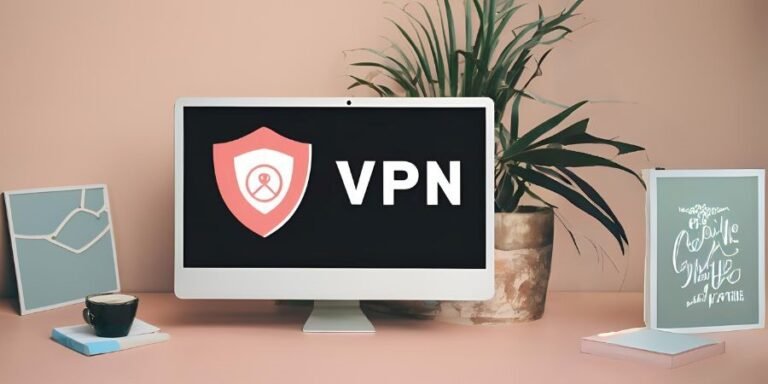Discover the Top 10 Android Tricks Most Users Don’t Know About for a Better Smartphone Experience
Android smartphones are packed with features that can transform our daily lives, yet many of us only scratch the surface. While we rely on our devices for communication and entertainment, there’s a treasure trove of hidden tricks that can enhance our experience. From boosting battery life to customizing our home screens, these tips can help us unlock the full potential of our Android devices.
In this article, we’ll explore the top 10 Android tricks most users don’t know about. Whether we’re tech enthusiasts or casual users, these hacks can streamline our tasks and make our smartphones work harder for us. And if you’re researching product categories online, save pages to Collections, whether you’re comparing cigarette brands or scouting accessories, so your finds are just one tap away. Join us as we dive into these lesser-known features and elevate our Android experience to the next level.
Trick 1: Customizing Your Home Screen
Using Widgets Effectively
Widgets offer a convenient way to display information directly on our home screen. We can add weather updates, calendar events, or music controls, ensuring quick access to vital data. To add a widget, we press and hold an empty space on the home screen, select “Widgets,” then choose our desired widget from the list. We can resize and reposition widgets to fit our layout seamlessly, creating a tailored home screen design.
Trick 2: Advanced Notifications Management
Prioritizing Notifications
We can prioritize notifications to ensure important messages take precedence. Open the Settings app, select “Apps & notifications,” then choose “Notifications.” Here, we can categorize notifications by allowing or blocking specific apps. For apps that matter most, we can enable high-priority notifications, ensuring they appear at the top of our notification shade. This method keeps critical information visible while minimizing interruptions from less relevant apps.
Trick 3: Secret Gesture Controls
Using Fingerprint Gestures
Using fingerprint gestures provides a convenient way to interact with our devices. Many Android devices allow us to swipe on the fingerprint scanner to perform specific actions, like returning to the home screen or opening recent apps. To enable this feature, we head to “Settings,” select “System,” then “Gestures.” From there, we choose “Fingerprint” and customize the gestures according to our preferences. With just a swipe up or down, we can access features without touchscreen use, creating a smoother and faster user experience.
Trick 4: Enhanced Battery Saving Modes

Activating Battery Saver
To activate Battery Saver, we navigate to Settings > Battery > Battery Saver. Toggling this option reduces background activity and limits app performance when our battery level falls below a specific threshold, typically 15%. We can also set it to activate automatically, ensuring continuous battery optimization without manual intervention. In addition to this basic feature, newer Android versions offer extreme battery saving modes that further restrict app usage, allowing us to preserve battery life for only the most essential functions.
Trick 5: Optimizing Storage Space
Using Storage Analyzer Tools
Using storage analyzer tools can help us identify space-hogging apps and files. Tools like DiskUsage or Files by Google provide a visual representation of our storage, making it easy to pinpoint large items we may not need. We can see which apps occupy the most space, allowing us to make informed decisions about what to delete or offload. Additionally, built-in features on Android usually offer a storage management option that suggests files for deletion, such as unused apps and cached data, helping us keep our devices running smoothly.
Trick 6: Voice Commands for Efficiency
Setting Up Voice Access
To enable Voice Access, we navigate to Settings, then select Accessibility. We enable Voice Access from the Accessibility menu. Once activated, we grant necessary permissions for optimal performance. After setup, we can activate Voice Access by saying, “Hey Google, open Voice Access.” This feature allows us to use our voice to control on-screen elements, making hands-free navigation seamless and efficient.
Trick 7: Multi-Window Mode.
Enabling Split-Screen
To enable Split-Screen Mode, we need to start by opening the first app. Next, we access the recent apps menu by tapping the square button or swiping up from the bottom (depending on the device). We then tap the app’s icon at the top of its card and select “Split screen” from the options. Afterward, we choose a second app from the recent apps or app drawer. Now, both apps display side by side, allowing us to interact with them simultaneously.
Trick 8: Security Features You Didn’t Know About

Setting Up App Locks
App Locks provide an effective way to secure sensitive apps. We can enable App Locks by navigating to the Settings menu, selecting Security, and tapping on App Lock. Once activated, we can choose specific apps to lock with a password or biometric authentication. This feature ensures that our private messages, banking apps, and personal data remain secure from unauthorized access. Regularly updating the password adds an extra layer of security.
Trick 9: Hidden Android Settings
Developer Options
Developer Options provide access to tools for optimizing performance and customizing the user experience. To enable this feature, navigate to Settings, select About Phone, and tap Build Number seven times. Once activated, we gain access to settings like USB debugging, animation scale adjustments, and background process limits. These options help improve performance by reducing animation delays and streamlining app usage, making our devices faster and more efficient.
Trick 10: Quick Access Shortcuts
Creating Custom Shortcuts
We can create custom shortcuts on our home screens for quick access to apps and specific tasks. To create a shortcut, we simply press and hold an empty area on the home screen, select “Widgets,” and then choose a widget from the app list. Drag the widget to the home screen, customize it as needed, and tap “Create.” For example, we can create a shortcut for messaging a specific contact directly, saving us time and effort. For more in-depth information, check out Android Authority.







